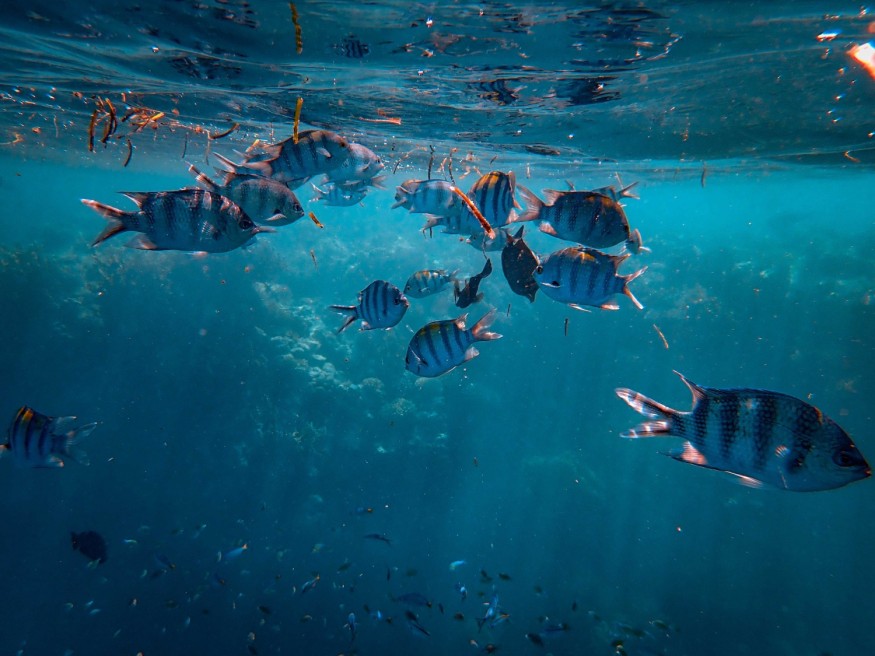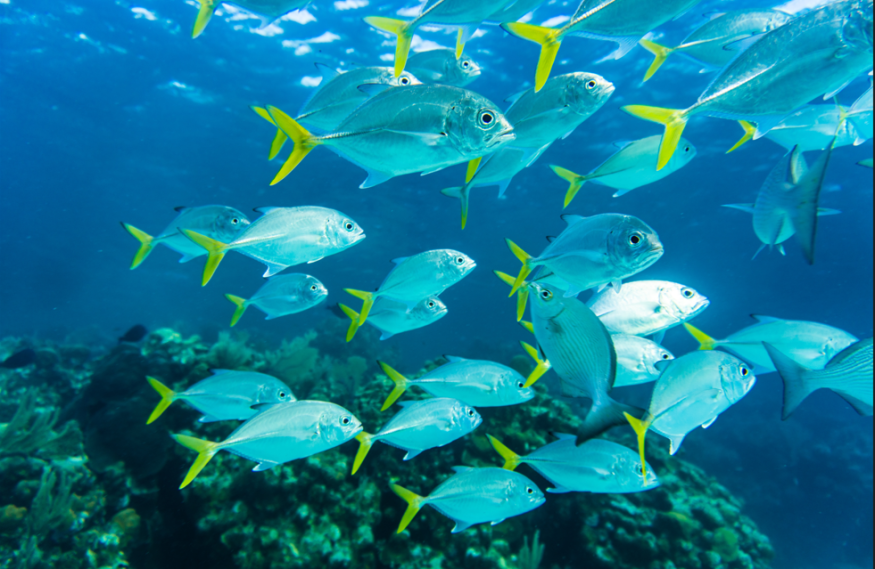A recent study showed a remarkable discovery on how marine predators, such as tunas, billfishes, and sharks, catch foods and aggregate themselves in anticyclonic, clockwise rotating ocean eddies.
Scientists who led the study are from Woods Hole Oceanographic Institution (WHOI) and the University of Washington Applied Physics Laboratory (UW APL). The scientists collaborated with the National Oceanic and Atmospheric (NOAA) Pacific Island Fisheries Center.
Currents are general patterns of ocean flow. While, ocean eddy is the circular currents, according to the National Ocean Service. Ocean eddies contain more food source, meaning it serves as mobile hotspots in the vast ocean desert that predators target for feeding.
The study explained that as the anticyclonic eddies move throughout the open ocean, predators flow with them, foraging on the high-deep biomass. Foraging means animals rely on their sources of food in nature, and ocean predators hunt animals for food.
Furthermore, the researchers focused on investigating the catch patterns in ocean eddies. It claimed that ocean eddies influence the open ocean ecosystem in the food chain cycle, as per Science Daily.
Research Discoveries

Dr. Martin Arostegui, WHOI postdoctoral scholar and paper lead author, said that the predator abundance in the ocean eddies could be driven by the predator's selection for better habitats with feeding opportunities.
The study focused on the over 20-year commercial fisheries and satellite data generated from the North Pacific Subtropical Gyre. The place is said to be a nutrient-poor vast region, and they treat predator fishes central to the food and economic security of people in the Pacific Island nations and communities.
In addition, it added that the researchers assessed the vast and ecological community of predators with different latitudes, ocean depths, and physiologies, from cold vs. warm-blooded.
Despite great interest in the same research about the attitudes of ocean predators and their connections to ocean eddies, the new discovery is the first to focus on subtropical gyre or the largest ecosystem on Earth. The study or related researches are essential to managing the said species effectively.
The study said scientists have been researching the isolated predator behaviors in many regions, tracking animal dive patterns to ocean layers and twilight zones. However, understanding eddies' behavior in an open ocean, with food-rich or food-scarce, is important.
Surface and deep oceans

The study highlights the significance of the connection between the surface and deep ocean, which can be considered for future deep-sea research or industries.
Dr. Arostegui said that the ocean benefits both predators and humans. The latter serves as a food source. How food is brought or harvested is key in ensuring food security on how prey and predators link and rely on one another.
As prey fisheries in the deep sea expand, there is a need to understand their behavior and ecology, particularly on how fisheries can harvest without negatively impacting the predators.
Moreover, the findings showed that understanding the ecosystem in deep ocean eddies will guide an environment-friendly use of resources in the deep oceans.
The full story of the study is available here: How marine predators find food hot spots in open ocean 'deserts'
Did this article help you? Share this on your social media.
For more similar stories, don't forget to follow Nature News
© 2025 NatureWorldNews.com All rights reserved. Do not reproduce without permission.





